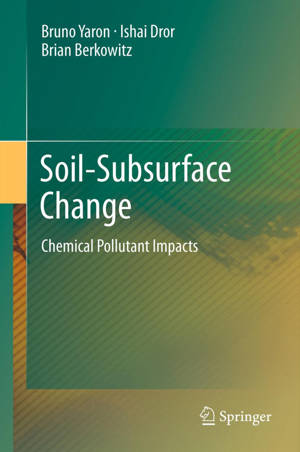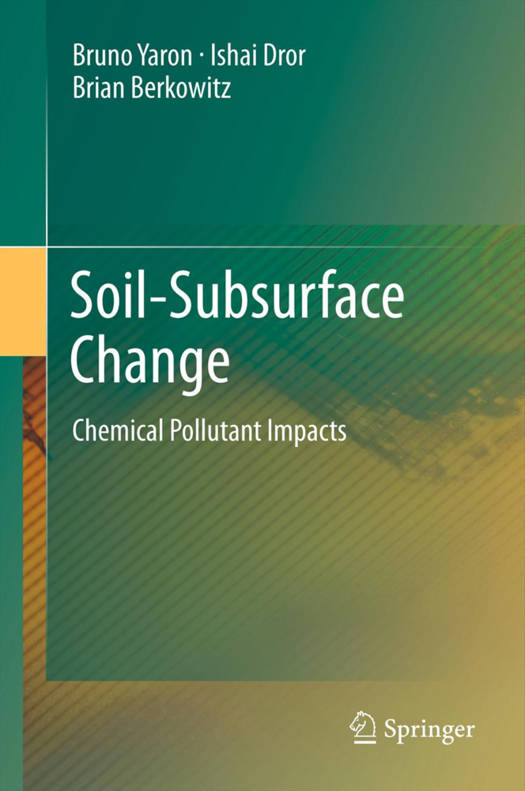
- Afhalen na 1 uur in een winkel met voorraad
- Gratis thuislevering in België vanaf € 30
- Ruim aanbod met 7 miljoen producten
- Afhalen na 1 uur in een winkel met voorraad
- Gratis thuislevering in België vanaf € 30
- Ruim aanbod met 7 miljoen producten
Zoeken
Soil-Subsurface Change
Chemical Pollutant Impacts
Bruno Yaron, Ishai Dror, Brian Berkowitz
Hardcover | Engels
€ 158,45
+ 316 punten
Uitvoering
Omschrijving
This book combines soil science, earth science, and environmental geochemistry, providing comprehensive background information for specialists interested in chemical-induced changes in the soil-subsurface system. Readers are introduced to the chemistry of contaminants that often disturb the natural soil-subsurface equilibrium as a result of human activity. While the soil-subsurface system has in many cases been affected by human impact, the effects of chemical contaminants on the actual matrix and properties have been largely neglected. The major focus of the book is on changes to the soil-subsurface matrix and properties caused by chemical pollution. By integrating results available in the literature, we observe that chemical pollutants may lead to the irreversible formation of a new soil-subsurface regime characterized by a matrix and properties different than those of the natural regime. In contrast to the geological time scales dictating natural changes to the matrix and properties of the soil-subsurface system, the time scale associated with chemical pollutant-induced changes is far shorter and extends over a "human lifetime scale." The numerous examples presented in the book confirm that chemical contamination should be considered as an additional factor in the formation of a contemporary soil-subsurface regime that is different than that of the pristine system.
Specificaties
Betrokkenen
- Auteur(s):
- Uitgeverij:
Inhoud
- Aantal bladzijden:
- 366
- Taal:
- Engels
Eigenschappen
- Productcode (EAN):
- 9783642243868
- Verschijningsdatum:
- 18/02/2012
- Uitvoering:
- Hardcover
- Formaat:
- Genaaid
- Afmetingen:
- 157 mm x 234 mm
- Gewicht:
- 612 g

Alleen bij Standaard Boekhandel
+ 316 punten op je klantenkaart van Standaard Boekhandel
Beoordelingen
We publiceren alleen reviews die voldoen aan de voorwaarden voor reviews. Bekijk onze voorwaarden voor reviews.











